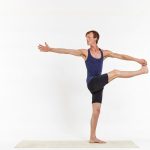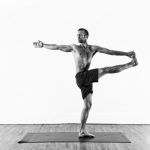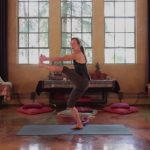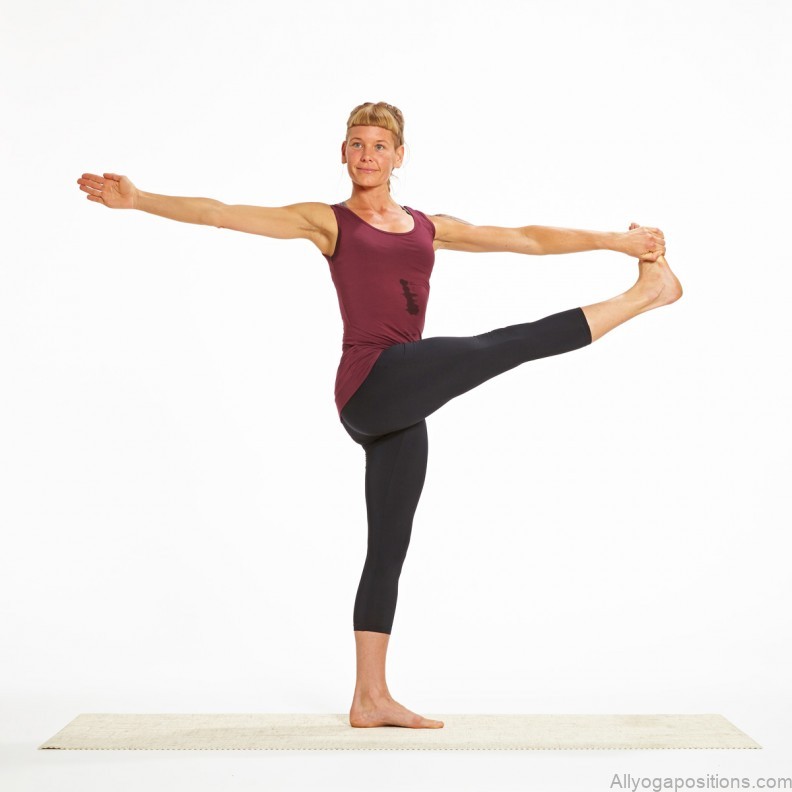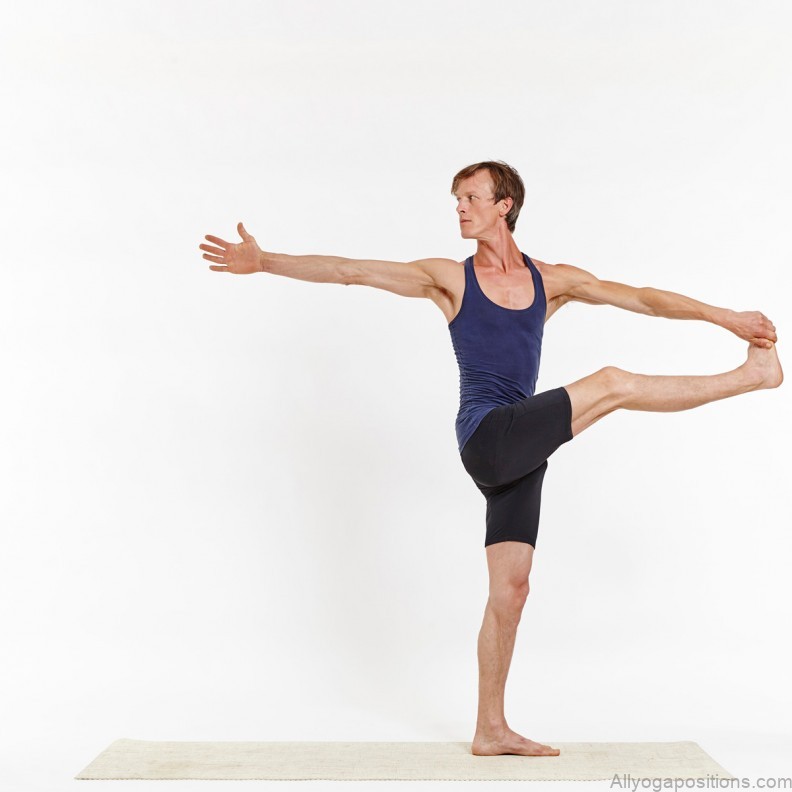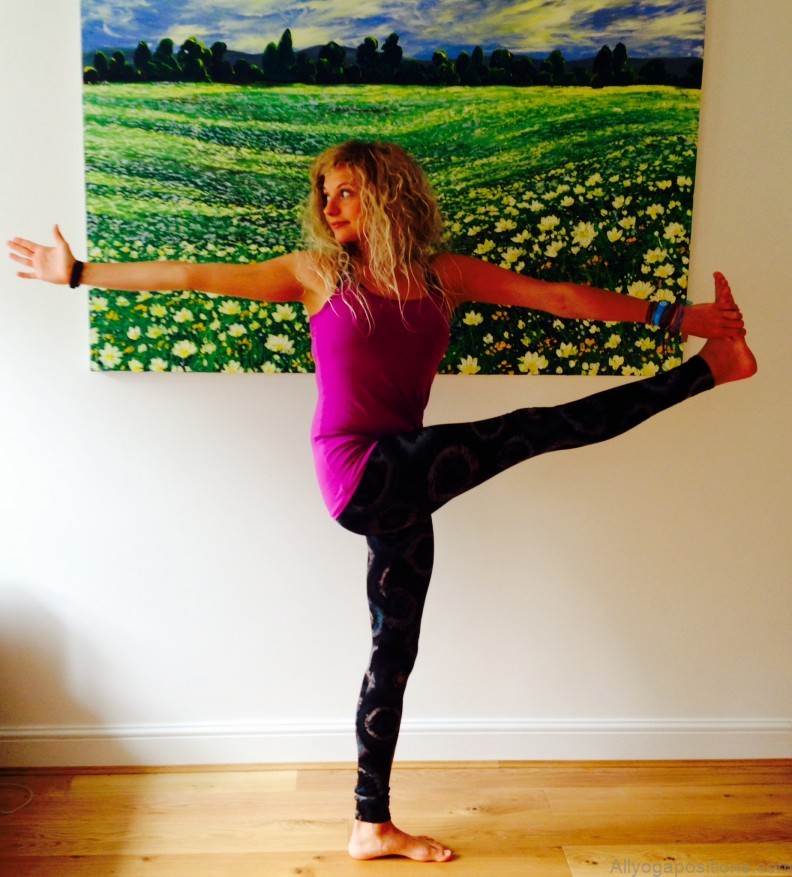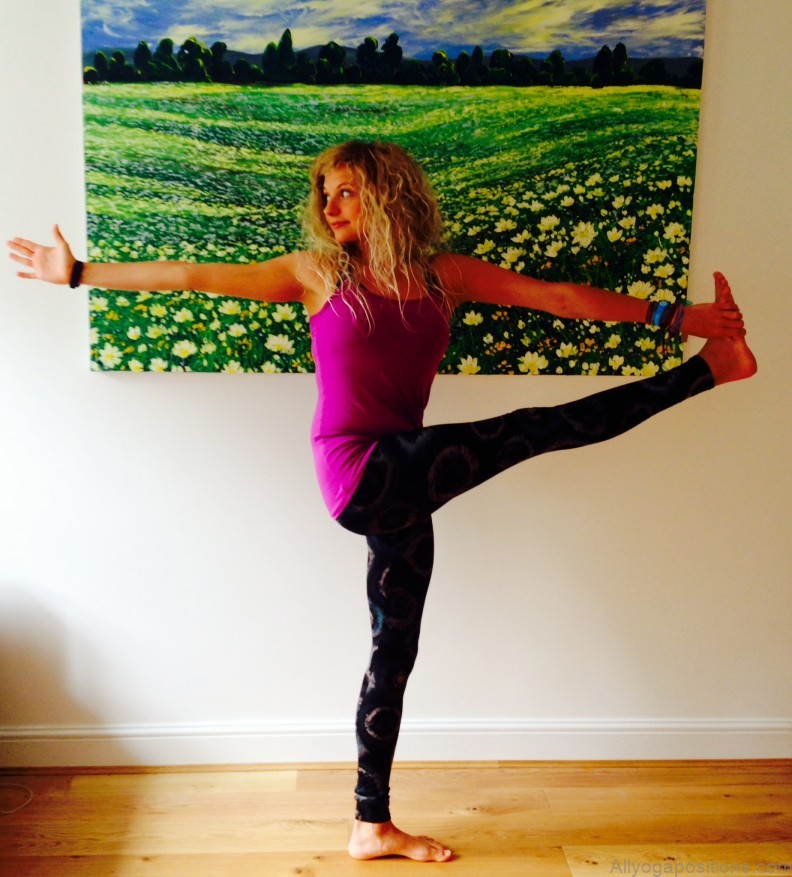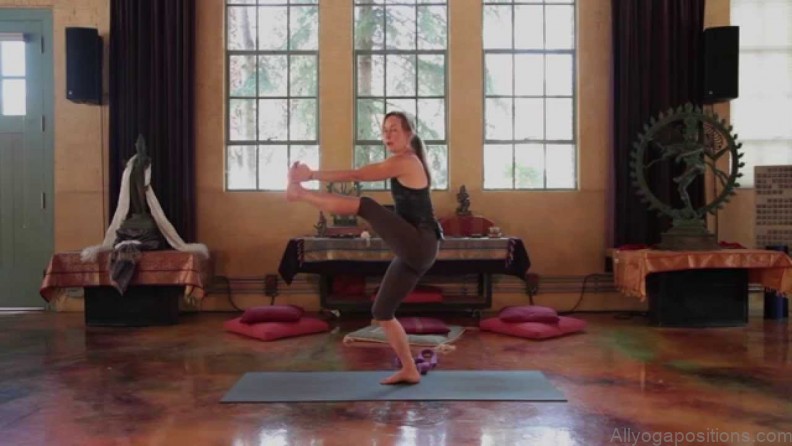Yoga, a practice spanning thousands of years, provides a holistic approach to physical and mental wellness. Among its many asanas or postures, Parivritta Hasta Padangushthasana stands out for its unique combination of balance, stretch, and invigoration. This article dives deep into the essence, benefits, and nuances of the Parivritta Hasta Padangushthasana yoga pose.
Understanding the Foundations: What is Parivritta Hasta Padangushthasana?
At its core, Parivritta Hasta Padangushthasana translates to “Revolved Hand-to-Big-Toe Pose”. It’s a challenging posture that combines the elements of balance, flexibility, and twist. Beginning in a standing position, the practitioner lifts one leg, holding the big toe, and extends the leg while simultaneously rotating the upper body in the opposite direction. This pose, while appearing simple, requires focus, flexibility, and patience.
The Transformative Power of Parivritta Hasta Padangushthasana Photo Gallery
Unlocking the Benefits: Why Practice This Pose?
Parivritta Hasta Padangushthasana is not just an exercise for the body, but also the mind. Some of the key benefits include:
- Strengthening Core and Legs: Holding your leg up while maintaining balance engages the core muscles and strengthens the thighs and calves.
- Enhancing Flexibility: Stretching the leg out and rotating the upper body offers a comprehensive stretch to the spine, hamstrings, and shoulders.
- Improving Balance: Balancing on one foot enhances proprioception, or the body’s sense of spatial awareness.
- Detoxifying the Body: The twist in the posture helps in massaging the internal organs, promoting better digestion and detoxification.
- Cultivating Focus and Patience: Holding and perfecting the pose requires concentration, helping to hone mindfulness and patience.
The Steps to Success: How to Perform Parivritta Hasta Padangushthasana
While the pose can be challenging, breaking it down step by step can make it more accessible:
- Start in a standing position, feet hip-width apart.
- Ground yourself through your left foot and slowly bend your right knee, lifting it towards your chest.
- With your left hand, reach for your right foot’s big toe.
- Slowly extend your right leg forward while maintaining your balance.
- As you hold onto your toe, begin to twist your upper body to the right, extending your right arm behind you.
- Look over your right shoulder, deepening the twist.
- Hold the position, breathing deeply, for a few breaths.
- Slowly release, coming back to the standing position.
- Repeat on the other side.
Modifications and Precautions
While Parivritta Hasta Padangushthasana is beneficial, it’s essential to approach it with care:
- Beginners can use a yoga strap looped around the foot instead of holding the toe.
- It’s crucial to warm up with some simpler stretches and postures before attempting this pose.
- Those with balance issues can perform the pose near a wall for support.
- Individuals with back or hamstring injuries should consult a yoga instructor or healthcare professional before attempting the posture.
Integrating Parivritta Hasta Padangushthasana into Your Practice
As with all yoga poses, consistency is key. Incorporate Parivritta Hasta Padangushthasana into your routine, starting with shorter holds and gradually increasing the duration as you become more comfortable. Celebrate the small milestones and remember that each practice brings you one step closer to mastery.
In conclusion, Parivritta Hasta Padangushthasana is a testament to yoga’s power to challenge and transform both body and mind. It invites practitioners to go beyond their perceived limits, fostering growth, balance, and inner strength.
Table of Contents
Maybe You Like Them Too
- Mastering Virabhadrasana A: The Warrior Pose of Empowerment
- Embracing the Essence of Wide Legged Forward Bend: A Deep Dive
- Unlocking the Power of Prasarita Padottanasana: The Wide-Legged Forward Bend
- The Power and Elegance of the Wide Legged Forward Bend II Yoga Pose
- Mastering the Warrior II Pose: A Deep Dive into Its Benefits and Techniques



